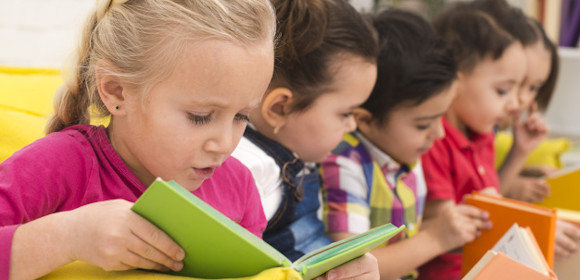
11+ School Counselor Lesson Plan Templates in PDF | Word
Empowering the youth to become the best can be such a fulfilling task to accomplish. But, school counselors proved that…
Jun 27, 2020
A lesson plan is the instructor’s street map of what students require to learn and how it will be achieved productively during class time. Then, you can compose suitable learning activities and develop procedures to get feedback on student learning. The library lesson plan is composed to improve reading and literacy, and are suitable for knowledge skills, reading, and technology tutorings. Have a look at the librarian lesson plan templates provided down below and choose the one that best suits your purpose.

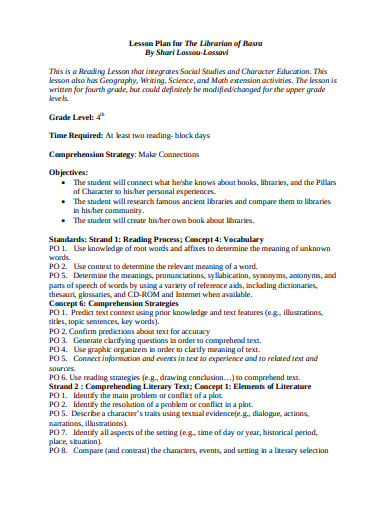 cmes.arizona.edu
cmes.arizona.edu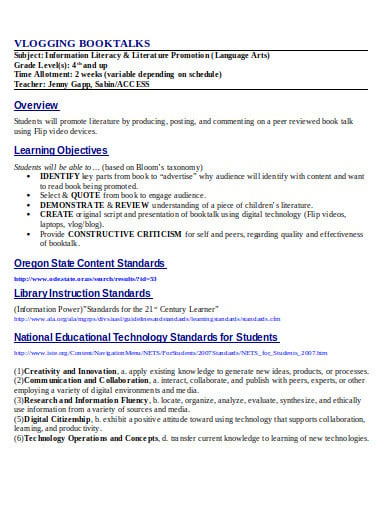 rangerlibrarian.com
rangerlibrarian.com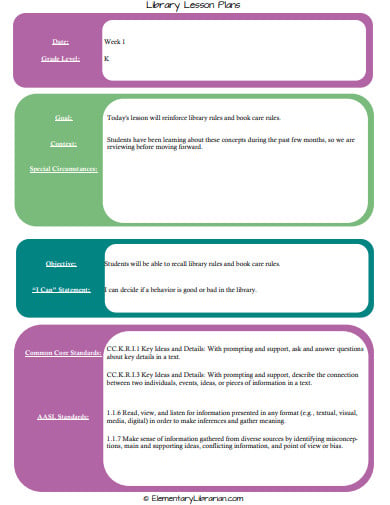 elementarylibrarian.com
elementarylibrarian.com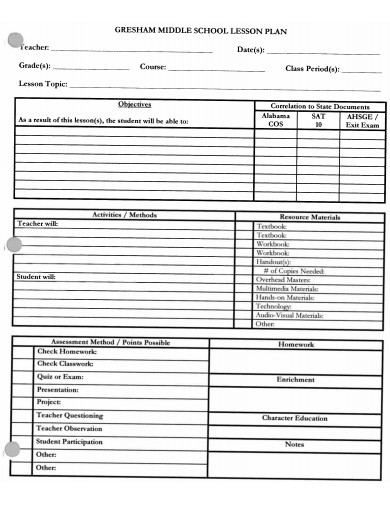 tcss.net
tcss.net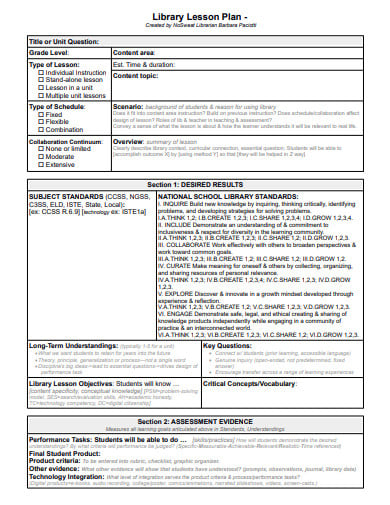 lookingbackward.edublogs.org
lookingbackward.edublogs.org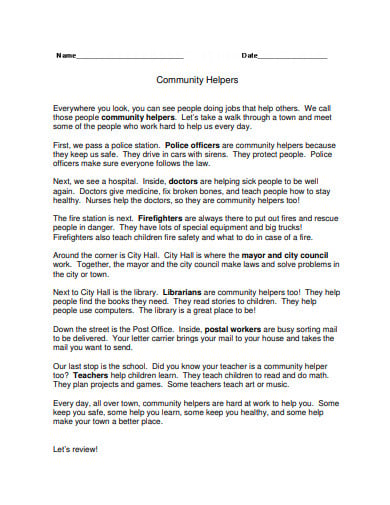 lessonsnips.com
lessonsnips.com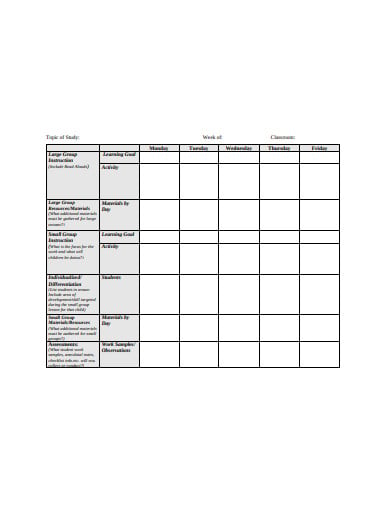 isbe.net
isbe.net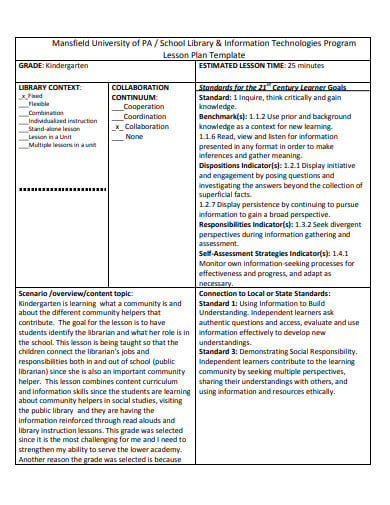 traceywong.weebly.com
traceywong.weebly.com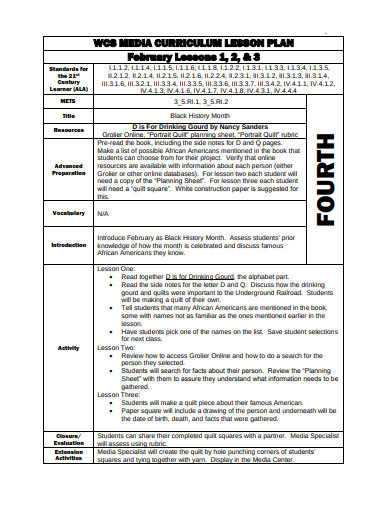 mimame.org
mimame.org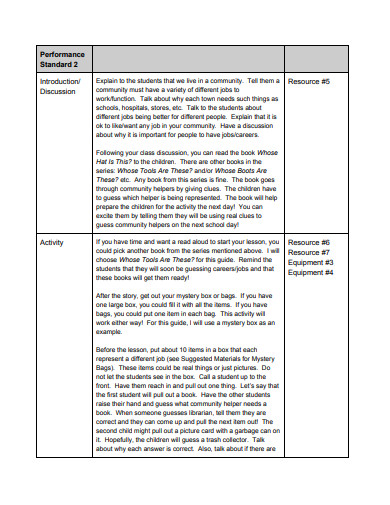 lrsd.ca
lrsd.caSuppose the library you are using is a public library then people need to become members of the library to borrow books. This is usually the case with college and school libraries too.
Check out the recommended lesson plan representation for more primary learners to assist them to join a library and find details.
Begin the subject by asking the students to speak together about books, or about where they obtain knowledge about something which will probably be the internet.
When they have had a chance to speak together in English, include the word “library” and make certain that they are well aware of the distinction between a library and a bookshop.
If any kind of ID is required to join a library, it’s a great idea to have asked the students to bring the ID into your lesson so they can join.
It is also important for primary level students to have an example of an admission form and make certain they understand what to write in each part. It is also crucial to notify the library you will be visiting and to get approval from the library staff if required.
When you go back to the classroom, ask your students to share unusual things they discovered, and ask them to talk about the books they acquired. You could also ask them to note down a paragraph about their visit.
Students are so adapted to using the internet to find data now that many of them don’t know how to use a library. It can be a very beneficial exercise to use the library as part of the study for a project. If you do this with younger students it is crucial to make sure they are managed at all times when they are in the library. If you do this, it is a great idea to give them a project framework including necessary steps to guide them.
This kind of activity is excellent for generating study skills and can be combined into a series of lessons on study skills, note-taking, essay planning, and writing, or also on giving presentations.

Empowering the youth to become the best can be such a fulfilling task to accomplish. But, school counselors proved that…

A compensation plan is the detailed plan of an employee’s wages, salaries, benefits and the terms of payment. The plan…
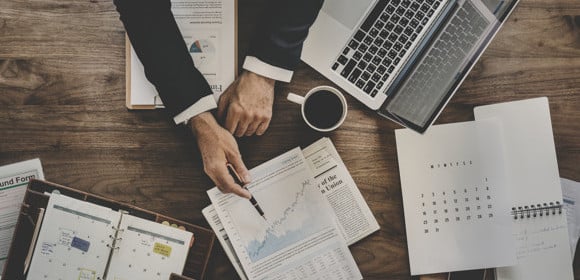
As there is a saying that ” with big positions comes the big responsibilities”. It is the huge duty to…

The student recruitment plan is one of the most important and essential parts of educational institutions. The strategy interacts with…

The recruitment and retention are two different terms explaining the thing that is inter-related. Recruitment is the process of identifying,…

A College Recruitment Plan is the designed plan or a strategy that is developed to recruit the employees of a…

A Recruitment Action Plan is a strategy that is designed for putting the recruiting process into action. This is the…

A recruitment business plan is one of the necessities for a company. It does not just help you to map…

Clinical trial recruitments are considered to be very essential to the success of any clinical study and it is often…